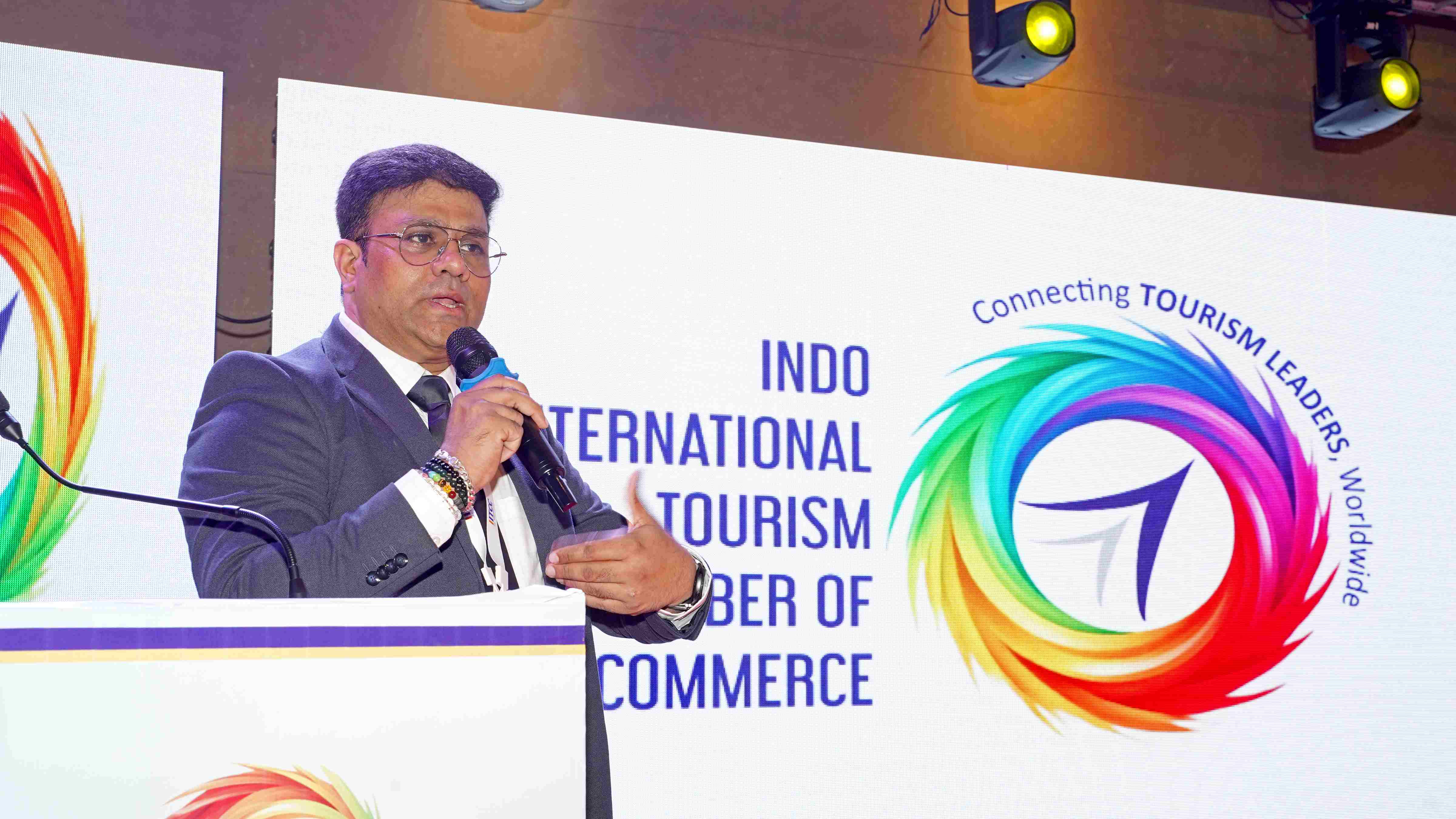The future of tourism in the Eastern Region will depend on how effectively stakeholders collaborate to address challenges, while balancing economic growth with environmental and social considerations. Eastern regions may need to tweak their offerings to cater to diverse traveller segments, says Manav Soni, Chairman, Eastern India, TAAI.
The future of tourism in any specific region involves considering various factors such as economic trends, geopolitical stability, technological advancements, environmental changes, and evolving consumer preferences. For the Eastern Region, which could encompass diverse areas depending on the context (e.g., Eastern Europe, East Asia, or the Eastern United States), several trends and developments may influence the future of tourism:
Infrastructure Development: Investment in infrastructure, including transportation networks (roads, railways and airports), accommodation facilities, and tourist attractions, can significantly boost tourism in the Eastern region. Governments and private investors may focus on enhancing accessibility to remote areas and developing sustainable
tourism infrastructure.
Cultural and Heritage Tourism: Eastern regions often boast rich cultural heritage and historical sites. Preserving and promoting these assets can attract tourists interested in heritage tourism. Initiatives such as cultural festivals, heritage conservation projects, and guided tours can contribute to this niche segment’s growth.
Nature and Adventure Tourism: Many Eastern regions feature diverse landscapes, including mountains, forests, rivers, and coastlines. Outdoor activities such as hiking, wildlife safaris, skiing, and water sports can appeal to adventure seekers and nature enthusiasts. Sustainable ecotourism practices will likely become increasingly important to preserve natural environments.
Culinary Tourism: Eastern cuisine is renowned for its diversity and flavours. Culinary tourism, centred on local food and beverage experiences, can attract gastronomy enthusiasts. Initiatives such as food tours, cooking classes, and farm-to-table experiences may gain popularity.
Digital Transformation: Technology will continue to play a crucial role in shaping the tourism industry. Advancements in digital platforms, mobile applications, virtual reality, and augmented reality can enhance the visitor experience, offering personalised recommendations, interactive guides, and immersive storytelling.
Health and Wellness Tourism: With a growing emphasis on health and wellness, Eastern regions may see an increase in wellness tourism. Spa resorts, yoga retreats, wellness centres, and medical tourism facilities could cater to travellers seeking relaxation, rejuvenation, and alternative healthcare services.
Sustainable and Responsible Tourism: Eastern regions may prioritise eco-friendly accommodations, carbon-neutral transportation options, and community-based initiatives to minimise negative impacts and maximise benefits for local communities.
Geopolitical Dynamics: Political stability, security concerns, visa regulations, and international relations can influence tourism flows.
Changing Demographics and Consumer Preferences: Eastern regions may need to tweak their offerings to cater to diverse traveller segments, including millennial, Gen Z, solo travellers, families, and senior citizens.
 TravTalk India Online Magazine
TravTalk India Online Magazine





